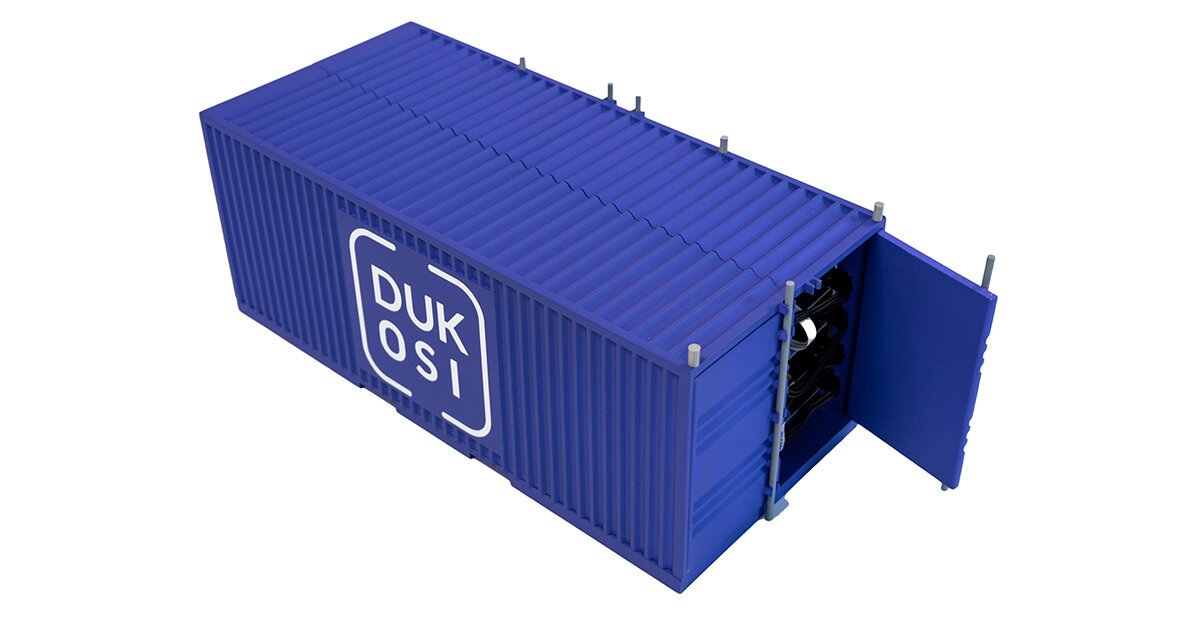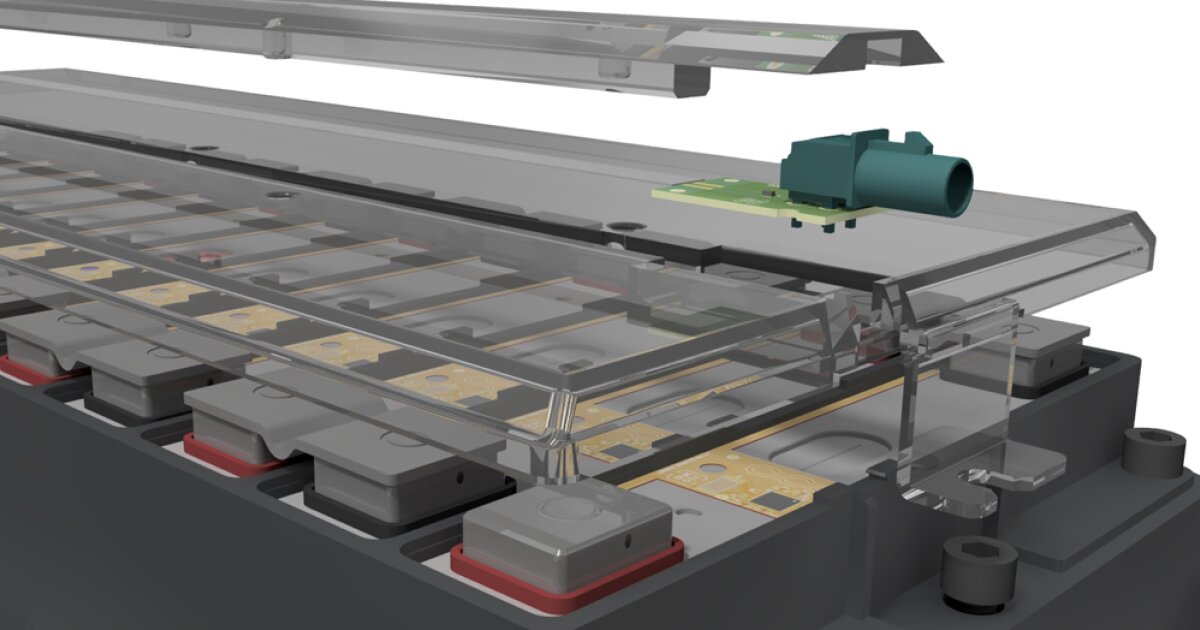
Discussing Battery Trends in Electrification
Content type: Blog post
The battery landscape today is exceptionally diverse, driven by the specific needs of a wide variety of applications across automotive, industrial, and consumer markets. Each application today has specific cell requirements, and yet there’s still many more to come that can benefit from electrification.








